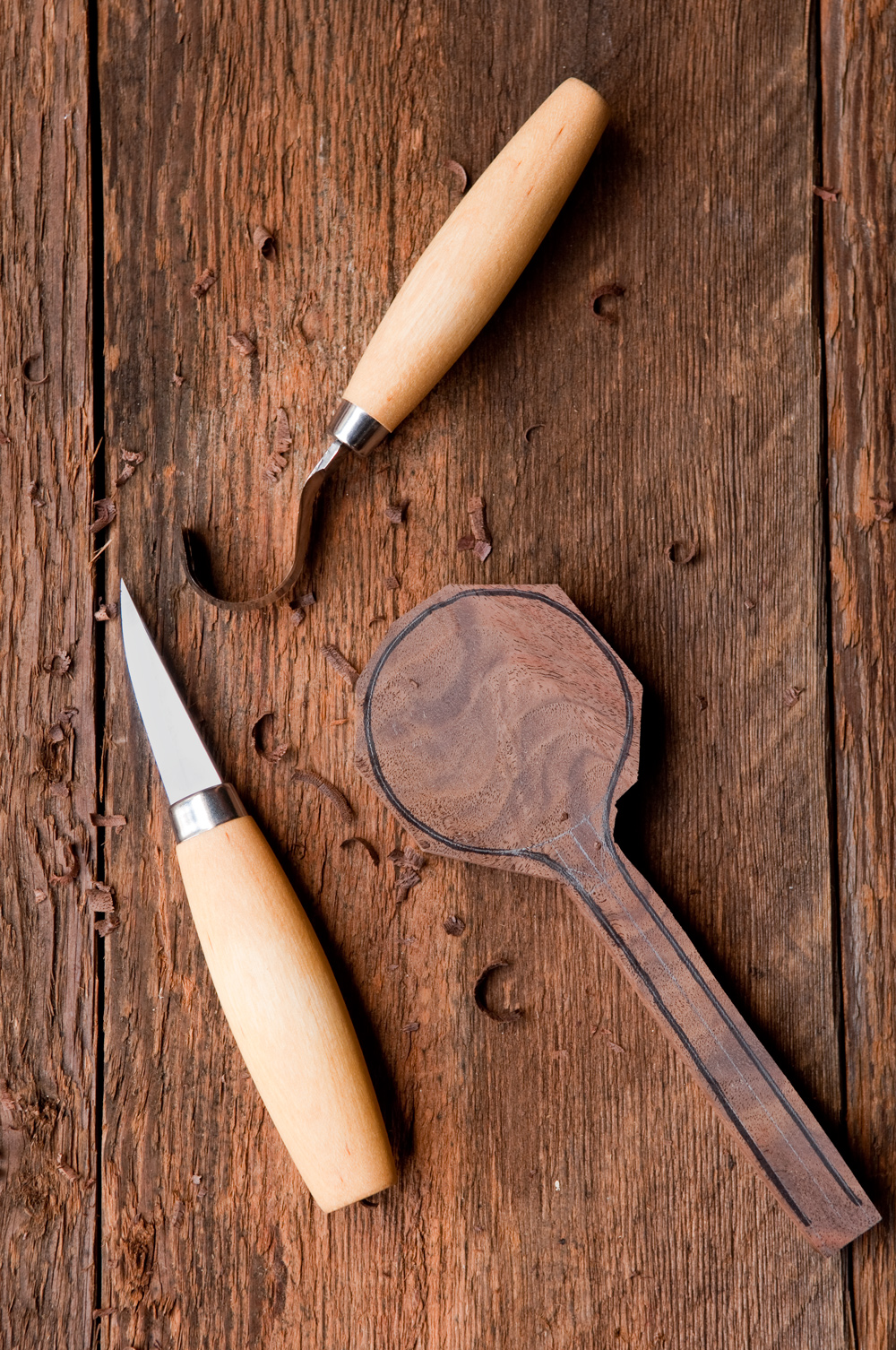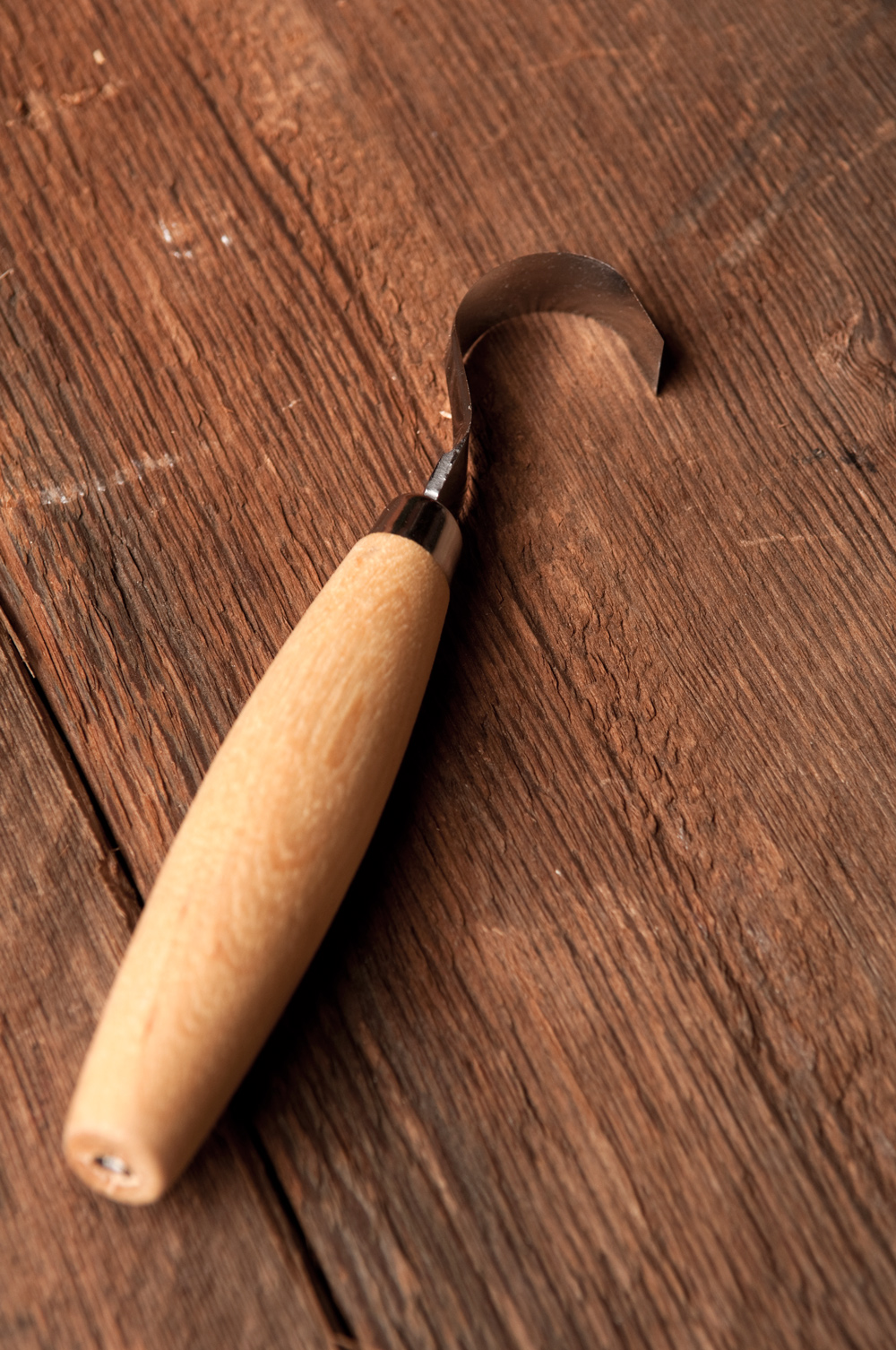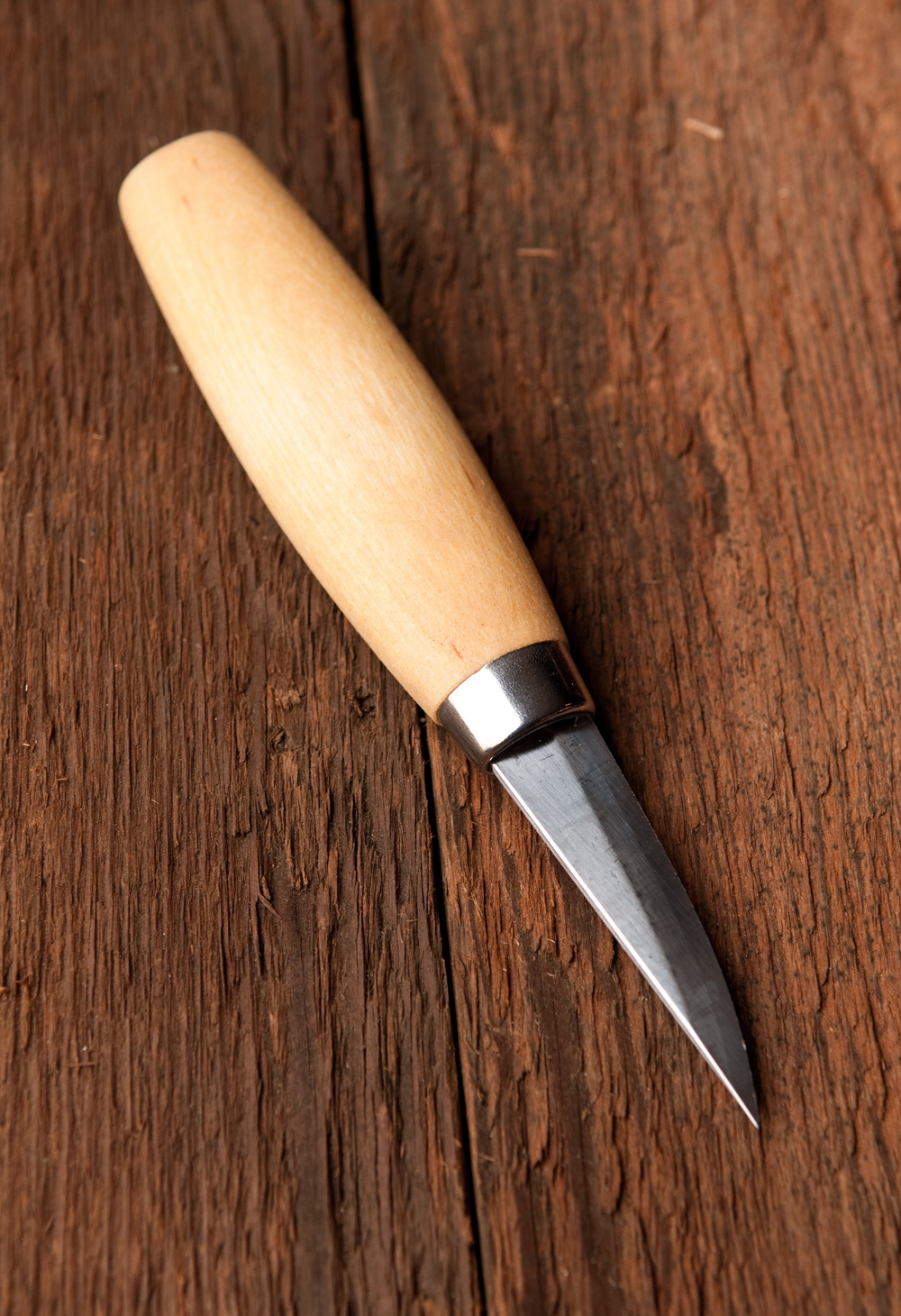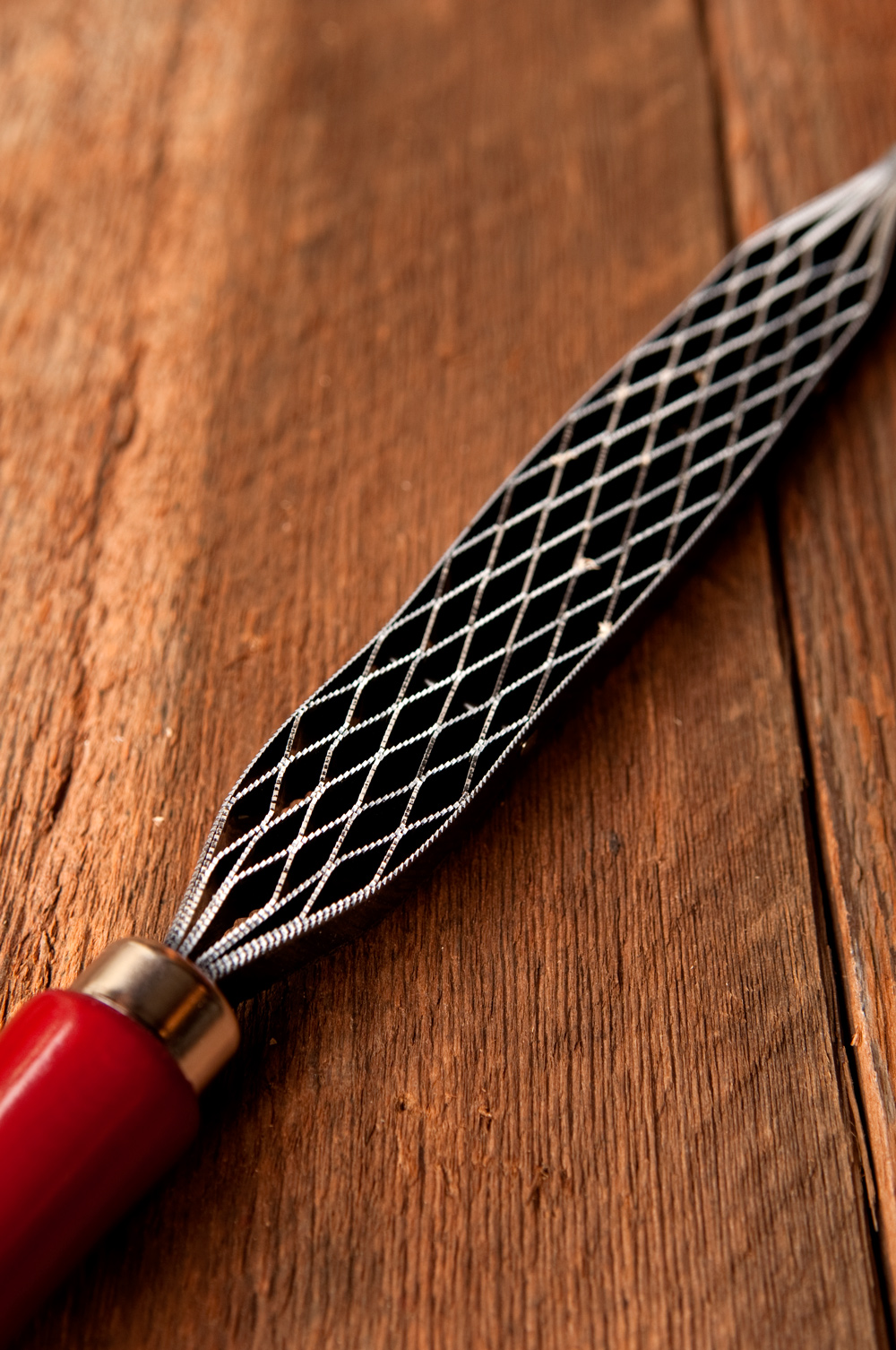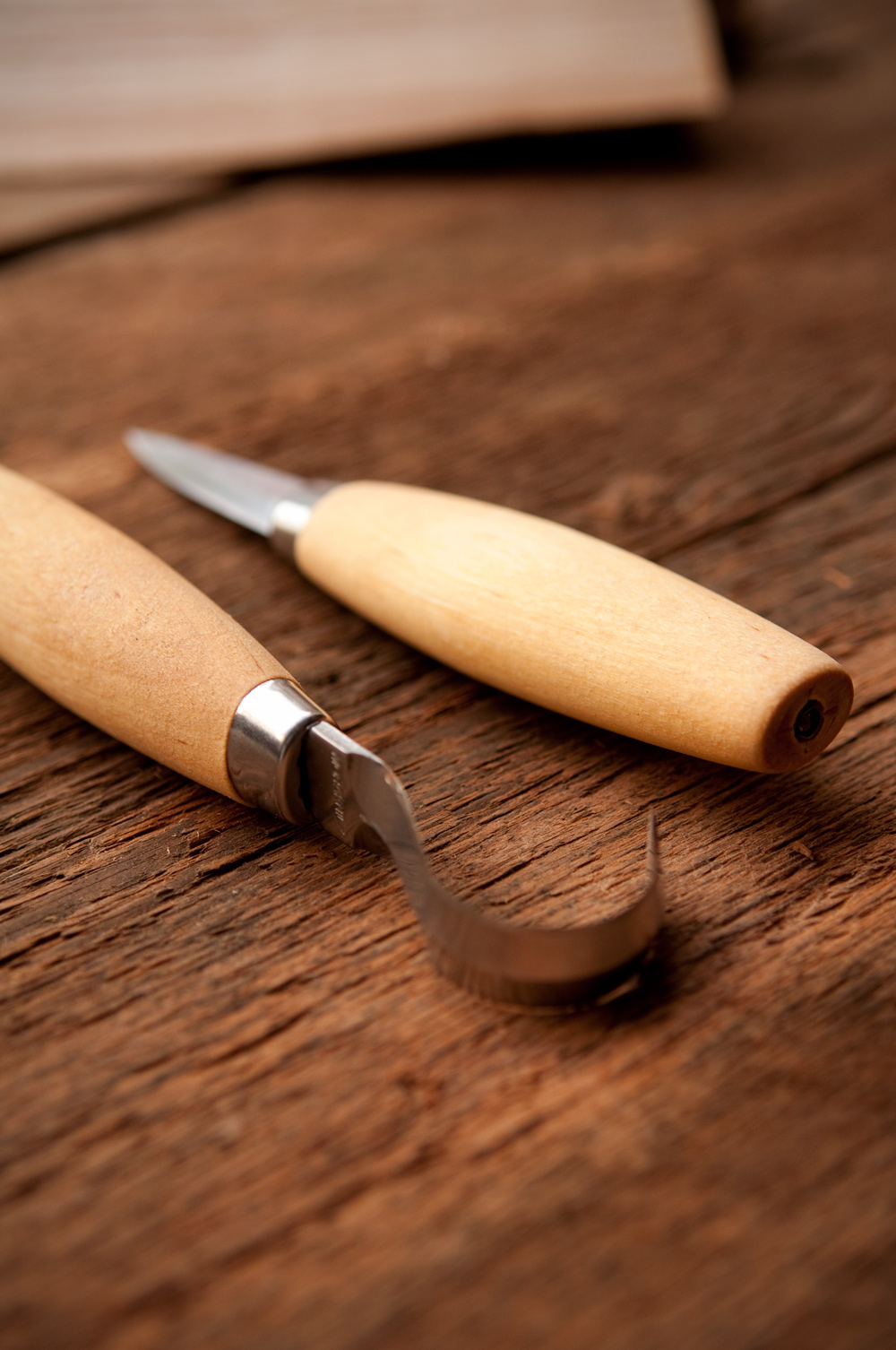![]()
You know the basics. The onions and carrots. The potatoes, rice and noodles. The salt and pepper. The goods that can help accompany fresh proteins and vegetables into a proper meal. But today, we're talking those "secret ingredients" — those back-of-the-lazy susan bottles and powders that improve anything they come in contact with, and take food from being simply filling to truly satisfying. Keep them on hand, understand and respect their powers, and you can use them to blow any dish out of the water.
![]()
1. Fresh Garlic - Garlic powder has its place in rubs and seasonings, but if you have one of those jars of prechopped little cubes of months old garlic in your fridge door, it's time to move on. Here's why: whole garlic bulbs give you the ultimate control. Want just a hint of garlic? Add one-two whole smashed cloves as it cooks, then remove them before serving. You want a breath-ruining allium fest? Mince them super fine to break down all the cell walls and add with aplomb. A head of garlic costs, like, 50-75¢, making it a seriously good value. Buy one every time you go to the grocery.
![]()
2. Kombu - Kombu is a dried kelp, and a key component for making dashi, that simple and deeply satisfying Japanese stock. Its strength is revealed in all that little white powder you see on the surface: it's basically powdered umami. Kombu is extremely high in glutamic acid, the amino acid that alone creates the experience of savory and rich umami. Dried kombu lasts forever in the pantry, and can be simmered in any soup, broth, or sauce to add incredible depth. If you want your thirty minute dish to taste like it was cooked all day, add just a bit of kombu. Amazing stuff.
![]()
3. Chipotle Puree - Chipotle peppers are freaking delicious. These smoked jalapeños and the adobo sauce they come in make everything they come in touch with taste a little more interesting.
Here's the problem. Chipotle peppers are also incredibly spicy. So spicy that one or two of them is enough for an entire meal. So what do you do with the rest of the can?
You puree it. Then you freeze it. Then you have them on had for whenever you need to add a smoky, vibrant backbone to all sorts of things. Here's how you do it: First, take the seeds and the ribs out of the chiles. A lot of the heat lives here, so by removing the seeds you can get more chipotle flavor for the same amount of piquancy. Then, add about half of the adobo sauce they come in to a blender or food processor, or mash and chop finely with a knife. Place these in tablespoon sized portions in an ice cube tray and freeze. Once solid, move to a plastic bag, and grab 'em whenever you need.
![]()
4. Canned Chickpeas - If you have a can of chickpeas, you have a meal. These versatile legumes can become a salad, soup, side dish in ten minutes, and add body and substance to any sauce-y recipe, like a braise or pasta sauce. Or, you can put them in a 400° oven for an hour until they become crispy, and use them to add crunch and texture or to satisfy a salt fix without potato chips. They keep their shape and won't break down like other beans, and so they give a sense of elegance to almost anything they're added to. They're also full of protein, so they make you feel full for fewer calories, and, frankly, are amazing.
![]()
5. Smoked Sweet Paprika - This is seriously good stuff. It's paprika, but smoked, and smoke is flavor. Simple, right?
Smoked paprika is also a great starting point for all kinds of spice mixes, rubs, and soups. Add it to your pot while sauteing onions and garlic, and it gives everything a deep fruitiness, subtle smoky flavor, and a lovely red color. This is probably the most used spice in my pantry, and it's surprisingly versatile ingredient in cuisines of all types. Anything that would taste good on the grill benefits from a bit of smoked paprika. It's also an awesome way to give vegetables a meat-like depth, perfect for vegetarians or when you're trying to clean out the fridge.
![]()
6. Dried Mushrooms - Basically, an umami puff. They last indefinitely in the pantry, so I like to buy a big bag of dried shitakes at the Asian market. They don't necessarily make food taste like mushrooms, though they can if that's what you're going for. Add some anytime your using fresh mushrooms to make the whole recipe taste more like "mushroom," or throw a few into a soup or stock pot to add depth and earthiness. I use 'em in chili and tomato-based sauces all the time. Or, pulverize them to a powder to mix with salt to season a steak, whole chicken, or piece of pork. It gives younger, fresher meat that pleasantly funky dry-aged flavor for just a few cents.
![]() 7. Gochugaru: Korean Red Pepper Powder - Boy, do I love this stuff. Taste-wise, it's like a cross being paprika and those red pepper flakes in the shaker at the pizza place, but with a bit of sweetness and lots of fruity flavors. But, most importantly, they have incredible texture and color, and so they're great for anytime you don't totally want the seasonings to disappear. They're essential to cooking Korean food (which you should), but they also add a wonderful je nais se quoi to western dishes. Once you get familiar with the flavor, you'll find all sorts of excuses to bust out the bag.
7. Gochugaru: Korean Red Pepper Powder - Boy, do I love this stuff. Taste-wise, it's like a cross being paprika and those red pepper flakes in the shaker at the pizza place, but with a bit of sweetness and lots of fruity flavors. But, most importantly, they have incredible texture and color, and so they're great for anytime you don't totally want the seasonings to disappear. They're essential to cooking Korean food (which you should), but they also add a wonderful je nais se quoi to western dishes. Once you get familiar with the flavor, you'll find all sorts of excuses to bust out the bag.
![]()
8. Tomato Paste - Truth: tomato paste taste more tomato-y than actual tomatoes. Which makes sense... it's literally concentrated tomatoes. There are entire bolognese and ragu recipes that don't use a since whole or canned tomato, just a bunch of tomato paste reconstituted with flavorful liquids. Use it anytime you saute aromatic vegetables for a soup or braise, even if you don't plan to add additional tomato product. As it browns and darkens, it adds major depth and "cooked" flavors to whatever it touches.
Like chipotles en adobo, you scarcely need the whole can, so it's another good candidate for freezing in portions. Just scoop out tablespoons and freeze them on a silicon mat or parchment paper. Place in a ziptop bag once they're hard, and grab as needed.
![]()
9. Maggi Sauce - Why this hasn't taken over the English-speaking world, I'll never know. Thankfully, it's immensely popular in Latin America and Asia, so it's easy to find if you know where to look. It does what it says, right there on the bottle: "Improves the taste of soups, sauces, salads, and vegetable dishes." It's made of hydrolyzed wheat and soy proteins, which boost big umami flavor, like soy sauce that's been wrung out of a steak. Use it like soy sauce but when you don't want all that sodium, or like Worcestershire when you don't want to add acid (or stay vegan). It makes a killer bloody mary or michelada, and I love adding a bit to homemade salad dressings. A few drops will do it, so it lasts forever. Lots of impact for $2.00.
![]()
10. Really, Really Good Finishing Olive Oil - You likely know the flavor and health benefits of cooking with extra virgin olive oil. But you also want a truly great oil that will never see heat. Add just a splash on top of soups, salads, plated pasta dishes, and the like for a big burst of fruity grass flavors and some lip-smacking tastiness. Keep it stored out of the light, and don't let it go near the oven, and it's worth it's weight in flavor gold.
![]()
11. Anchovy Paste - To anyone who thinks they don't like anchovies - yes, you do. You might not like chomping down on a whole fish, but I promise if you tasted the same recipe side-by-side, one of which has an appropriate amount of anchovies hidden in the background, and you'll prefer it. The reason here, again, is glutamates, which provide umami, and a pleasant brininess that makes food taste... mature.
I prefer to buy the stuff in tubes, because like tomato paste and chipotles, I rarely need a whole can of anchovies. Just squeeze out what you want, and enjoy the added benefit of not having to chop anything.
![]()
12. Fried Shallots - If you know to look for them, these are a common sight at Asian markets, where they're almost always labeled "red onion." But they're shallots, and they're crispy and crunchy and add great texture. I especially love using them on leftovers and dishes meant to clean out the fridge, where they add some much needed contrast to softer foods and pleasant bite. They are fried and a bit oily, so use wisely, but they last forever, and many times, they're exactly what you need to make something stand out.
![]()
13. Ancho Chile Powder - Chili powder (note the "i") is a blend containing dried chiles, and cumin, oregano, and other spices, and it's meant to be used as a flavor base for a pot of chili. Chile powder (with an "e") is simply whole dried chile peppers that have been ground. You can find it in all sorts of flavors in the Latin American market or aisle of the grocery store - pasilla, New Mexico, California, guajillo, etc - but it you're only going to keep one on hand, choose ancho. It a has an amazing dried fruit flavor with just a tiny, tiny bit of heat, no more than black pepper. It's a great basis for a rub or to season a piece of chicken, pork, or fish before pan roasting it, where it will help promote browning.
![]()
14. Fish Sauce - Just because something doesn't smell good doesn't mean it can't taste amazing. And if you stick your nose in a bottle, fish sauce certainly doesn't smell appetizing. But used sparingly, it brings an amazing richness to anything.
Known best for its presence in Southeastern Asian cooking, it has a place in almost anything you cook in a stock pot or Dutch oven. Seriously, try it. You know those everything-but-the-kitchen-sink soups or pot of beans that you take time to cook all day, but never really pop? Add a splash of fish sauce, and the whole thing comes together. It does wonders to Italian-style tomato sauces, or southwestern chili. Just make sure you're careful with the salt, as it contains enough sodium to season the whole pot.
Tiparos is a well-known Thai brand, but I prefer the flavor of Vietnamese fish sauces like Three Crabs or Phu Quoc. Or Red Boat, a pricier craft product that, like aged balsamic or extra-virgin olive oil, is designed for drizzling on top and finishing a dish.
![]()
15. Fresh Chile Peppers - These technically aren't a pantry item, but they deserve a mention here because: fresh chiles are the single best value ingredient in the entire supermarket. Typically around $1.00 a pound, that makes the very light in weight jalapeño or serrano or fresno chile about 10¢ each. And I can't think of anything that can improve a dish as well for a dime.
Sure, chile peppers can be hot, but they're also incredibly flavorful. You can add cayenne or hot sauce if you just want heat, but use fresh hot chiles when you want flavor and texture. The best chiles add green, grassy brightness and subtle sweetness. I say buy a few every time you go to the grocery. You'll find a use for them, and even if you let one get a little wrinkly, you're only out 10¢.
![]()
16. Furikake - Some say that in Japan, furikake is little butter and jam: a great way to add a lot of flavor to a basic starch. Typically enjoyed with rice or noodles, these little jars are typically a mix of sesame seeds and some kind of sea vegetables, plus signature ingredients like shiso, miso, egg, or dried seasfood. They make basic home-alone dinners into something worth eating. Some rice, a fried egg, and furikake sprinkled on top and you've got a whole meal.
![]()
17. Maldon Salt - If you really want to impress someone, serve them food with a bit of Maldon sea salt sprinkled just at the end. It makes food salty, sure, but its texture adds little pops of flavor and somehow manages to make any protein or vegetable taste more like itself. A little goes a long way, and by long, we mean very, very long. Great stuff, never disappoints. Keep on hand at all times.
![]()
18. Sambal Oelek - Sriracha gets all the love, but the garlicky spicy sambal is a strong base to begin any dish with a little heat. The cool thing is, once it's cooked, it doesn't really taste "Asian," so you can use it everything from pasta to tacos to salad dressing. Sriracha is amazing when squirted on top, but as an ingredient to build layers of flavor, reach for the sambal.
19. Chili Crisp - Known mostly for that grouchy face on the label, this concoction also gets dubbed "woman" or "lady sauce." What it is is amazing. It's chiles fried in soy bean oil with a couple peanuts, and while that combo is basic, this stuff is totally insane and completely addicting. Perhaps the best description comes from the Lucky Peach cookbook, which says, "Crisp fried chilies embedded in oil add a punishing wallop of heat to anything, and the dour-looking lady on the jar is a signifier to other food nerds that you've crossed the sriracha river into the land of freak-deaky hot sauces that will never be trendy."
![]()
Honorable mention: Vodka, Tequila, Bourbon, etc - These typically go on the bar cart or liquor cabinet, not the pantry, but a little booze belongs in your list of go-tos. Why? Flavor compounds are most typically water soluable (water, stock, etc), fat soluable (oil, butter, animal fats), or, you guessed it, alcohol soluable. So adding a splash of liquor or wine to any dish, especially slow-cooked ones like sauces, stews, braises, etc, will bring out flavors that you simple couldn't achieve without it. What you choose for your source of ethanol molecules doesn't really matter, as long as it doesn't conflict with what's in the pan. (I wouldn't go for something like gin, but might be worth a try on occasion.) I, honestly, mostly opt for vodka 'cause it's pretty neutral and the least expensive, or tequila, cause we always seem to have it in the house.








/http://assets.manmadediy.com/photos/28338/how-to-render-lard-diy-recipe-6_large.jpg)































![credit: David [manmadediy.com] Pocket Holes](http://s3.amazonaws.com/manmadediy-uploads-production/photos/24407/IMG_2740_large.jpg?1420416083)
![credit: David [manmadediy.com] Pocket Hole Jig and Step Bit](http://s3.amazonaws.com/manmadediy-uploads-production/photos/24408/IMG_2737_large.jpg?1420416140)
![credit: David [manmadediy.com] Pocket Hole Screws](http://s3.amazonaws.com/manmadediy-uploads-production/photos/24409/IMG_2742_large.jpg?1420416461)
![credit: David [manmadediy.com] Kreg Pocket Hole Jig](http://s3.amazonaws.com/manmadediy-uploads-production/photos/24410/IMG_2735_large.jpg?1420417625)


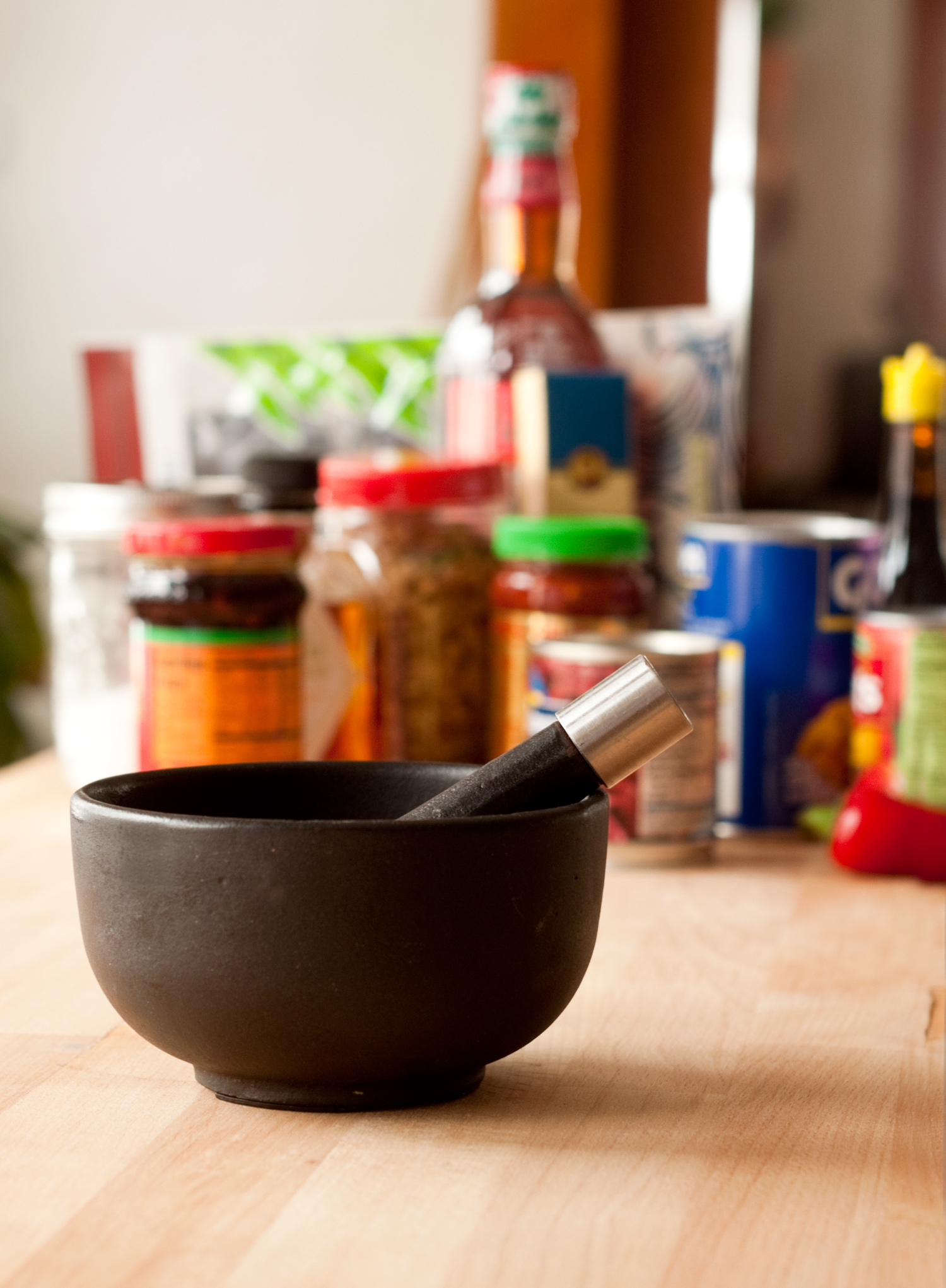

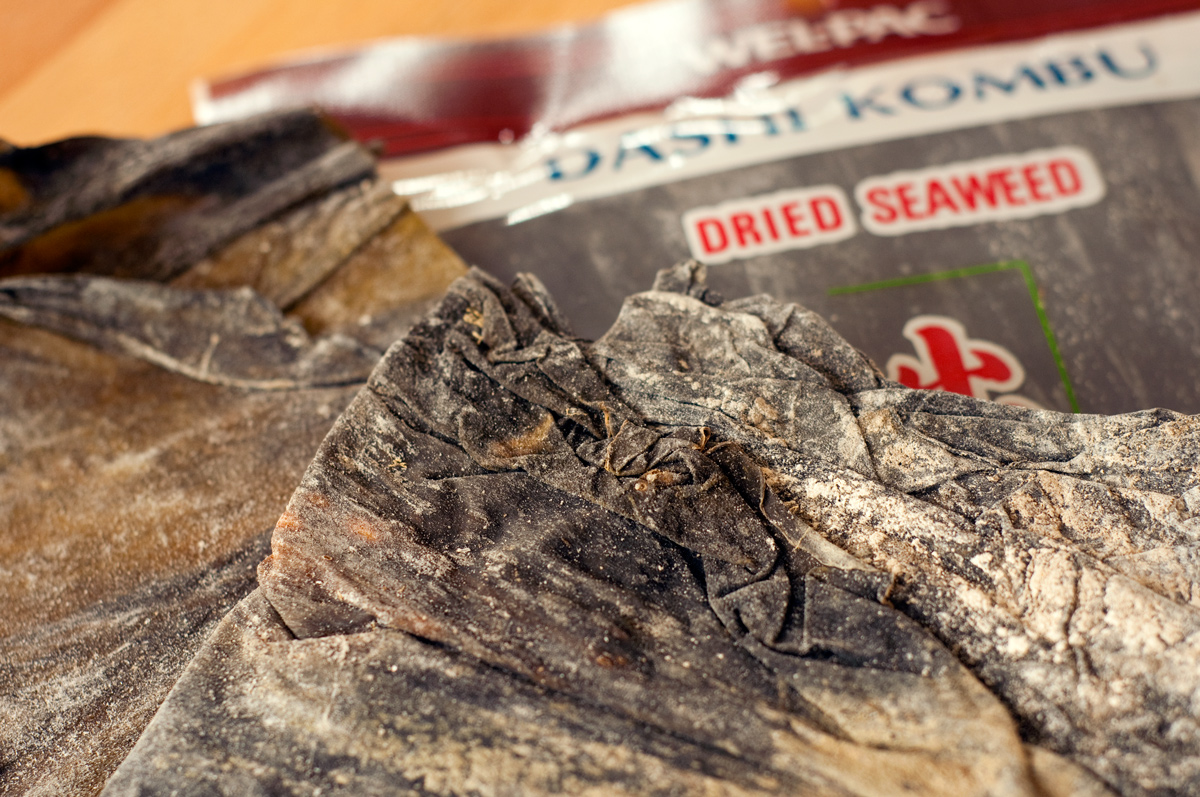
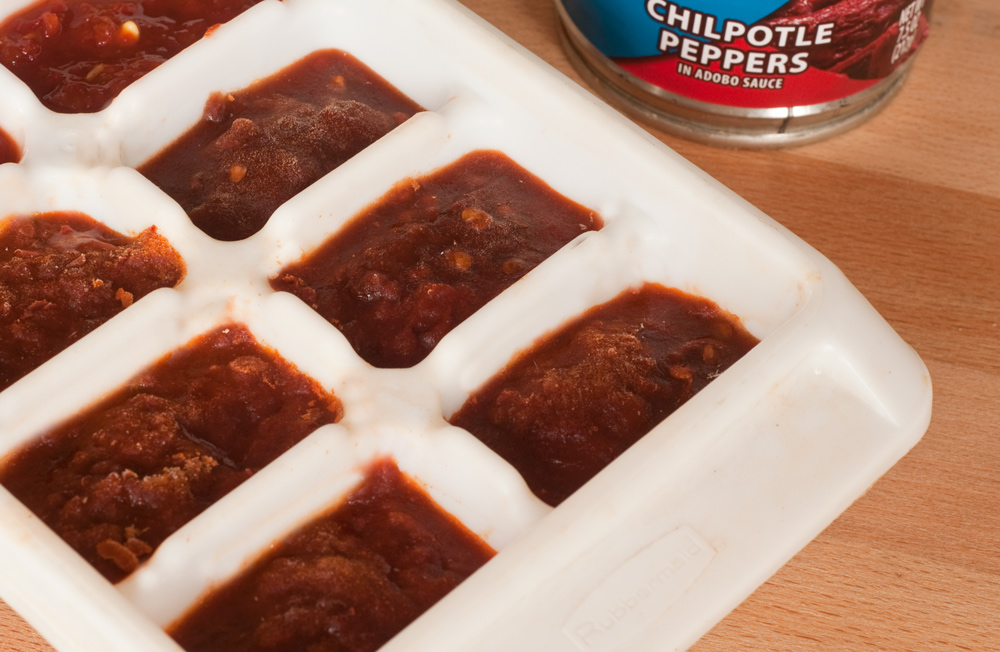
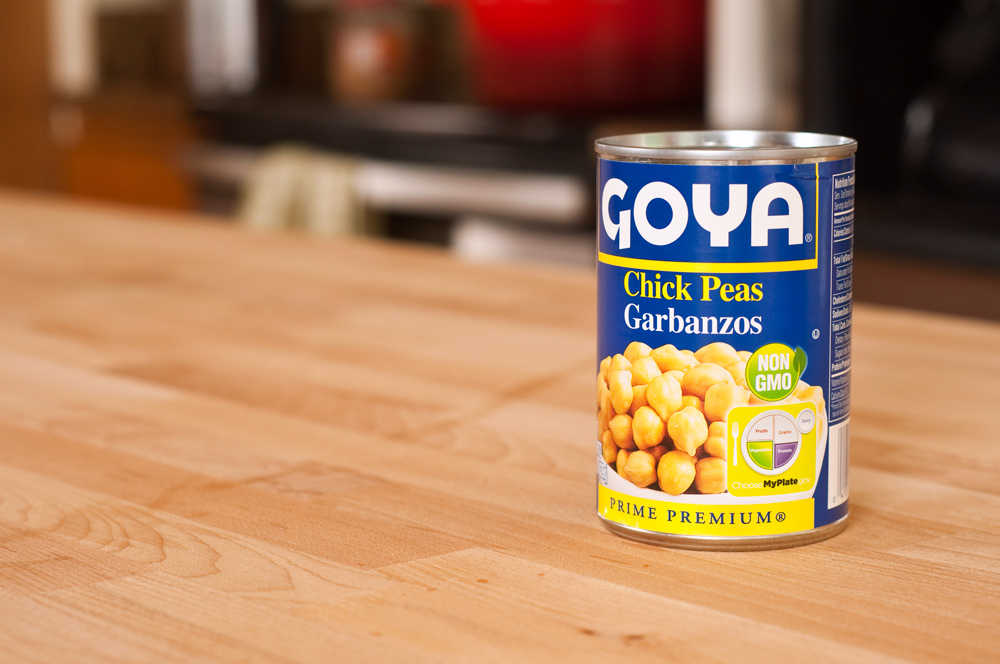


 7. Gochugaru: Korean Red Pepper Powder - Boy, do I love this stuff. Taste-wise, it's like a cross being paprika and those red pepper flakes in the shaker at the pizza place, but with a bit of sweetness and lots of fruity flavors. But, most importantly, they have incredible texture and color, and so they're great for anytime you don't totally want the seasonings to disappear. They're essential to cooking Korean food (which you should), but they also add a wonderful je nais se quoi to western dishes. Once you get familiar with the flavor, you'll find all sorts of excuses to bust out the bag.
7. Gochugaru: Korean Red Pepper Powder - Boy, do I love this stuff. Taste-wise, it's like a cross being paprika and those red pepper flakes in the shaker at the pizza place, but with a bit of sweetness and lots of fruity flavors. But, most importantly, they have incredible texture and color, and so they're great for anytime you don't totally want the seasonings to disappear. They're essential to cooking Korean food (which you should), but they also add a wonderful je nais se quoi to western dishes. Once you get familiar with the flavor, you'll find all sorts of excuses to bust out the bag. 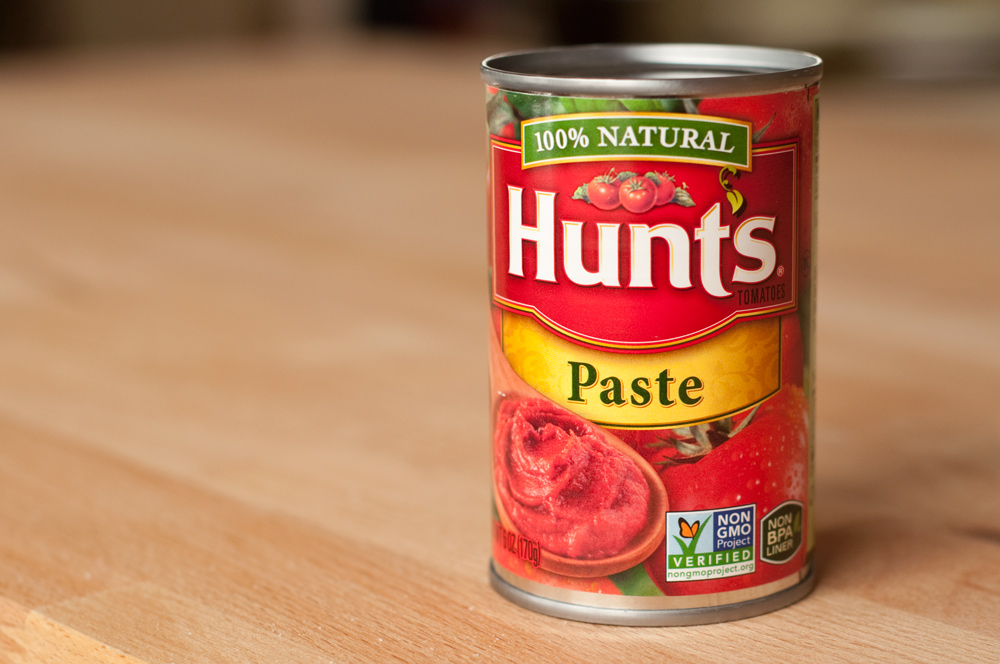

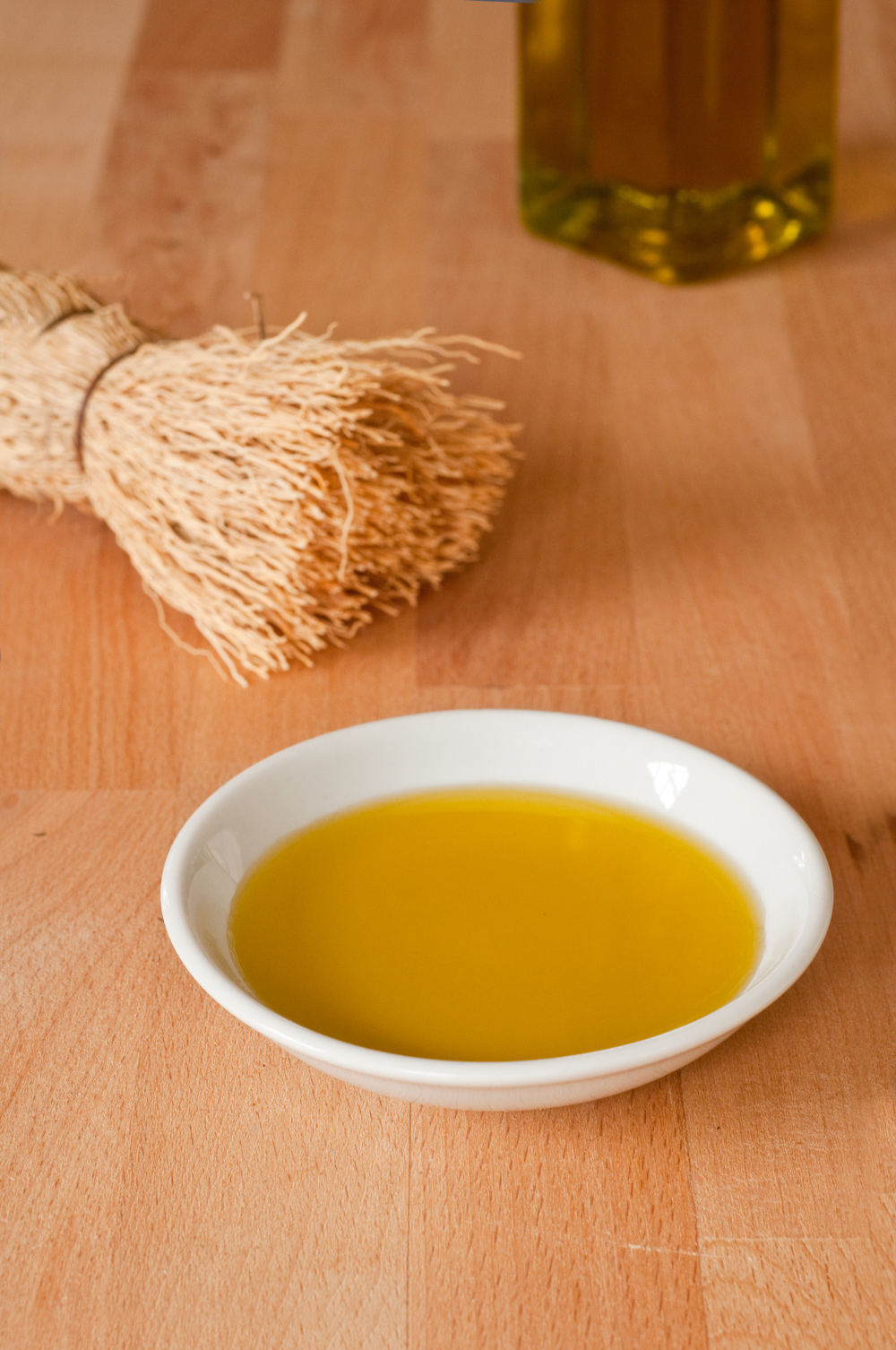
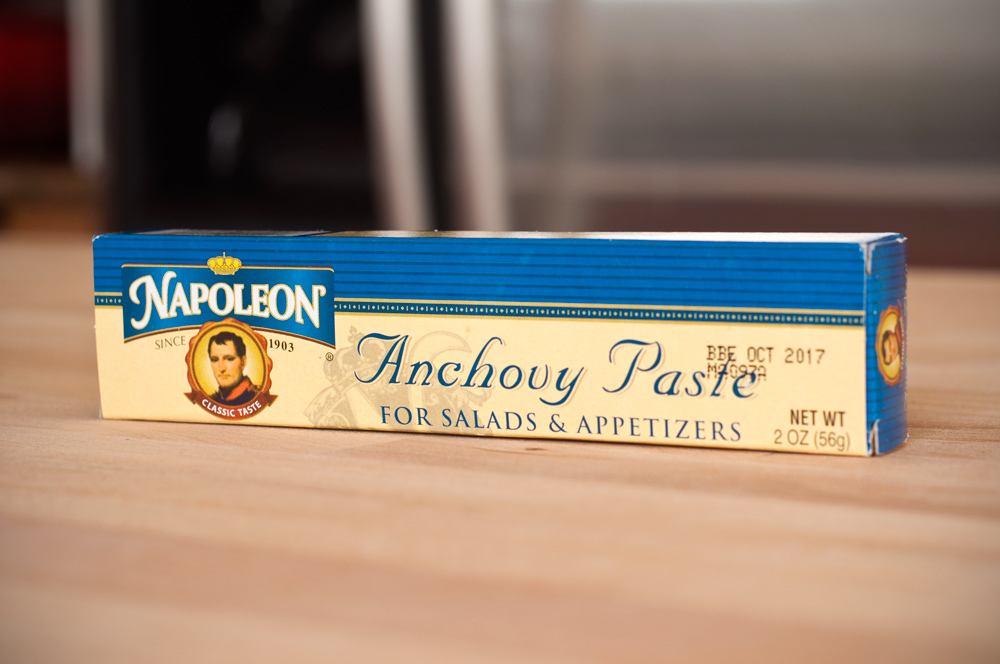
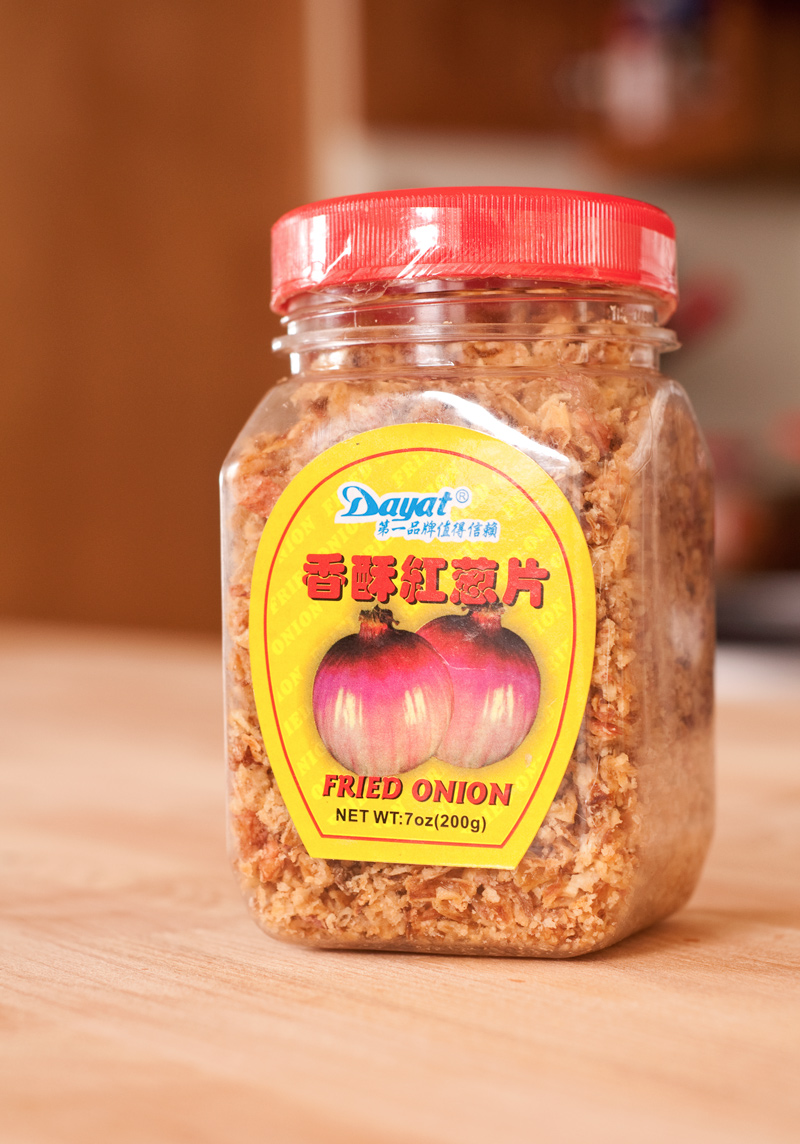
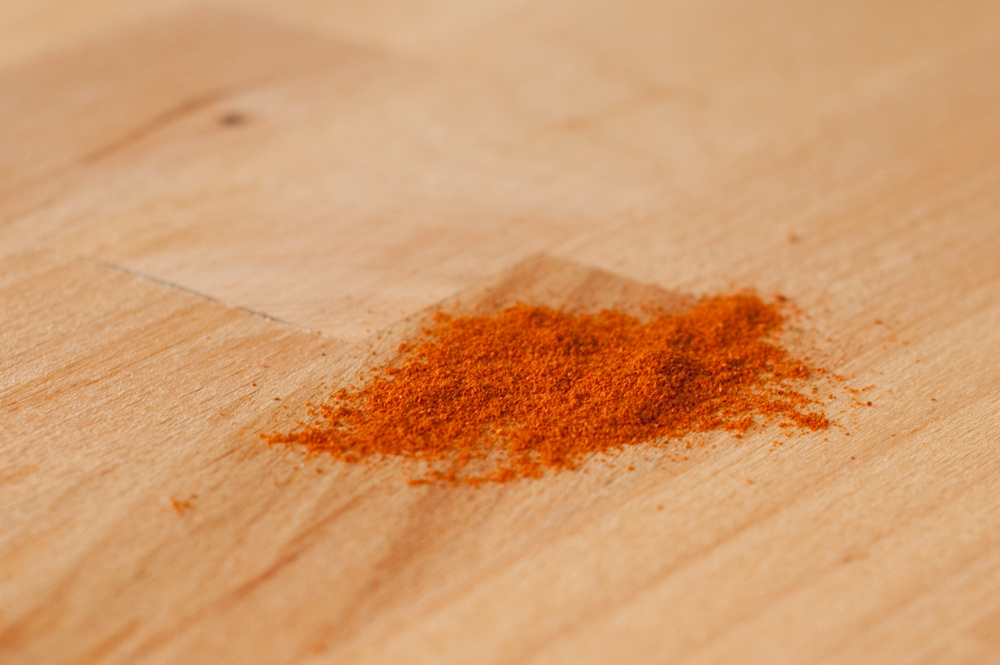

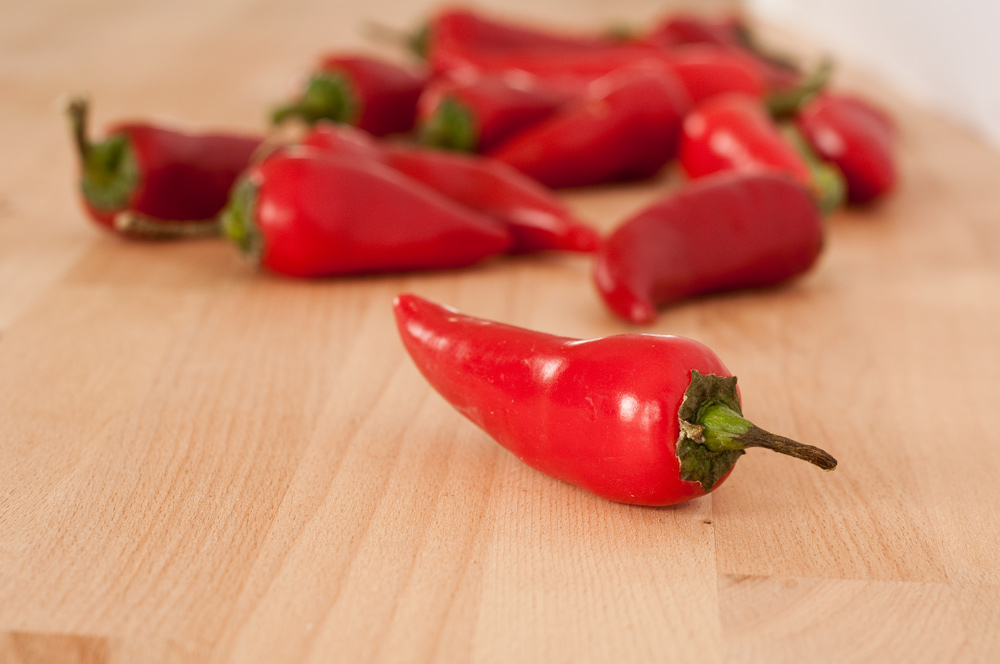
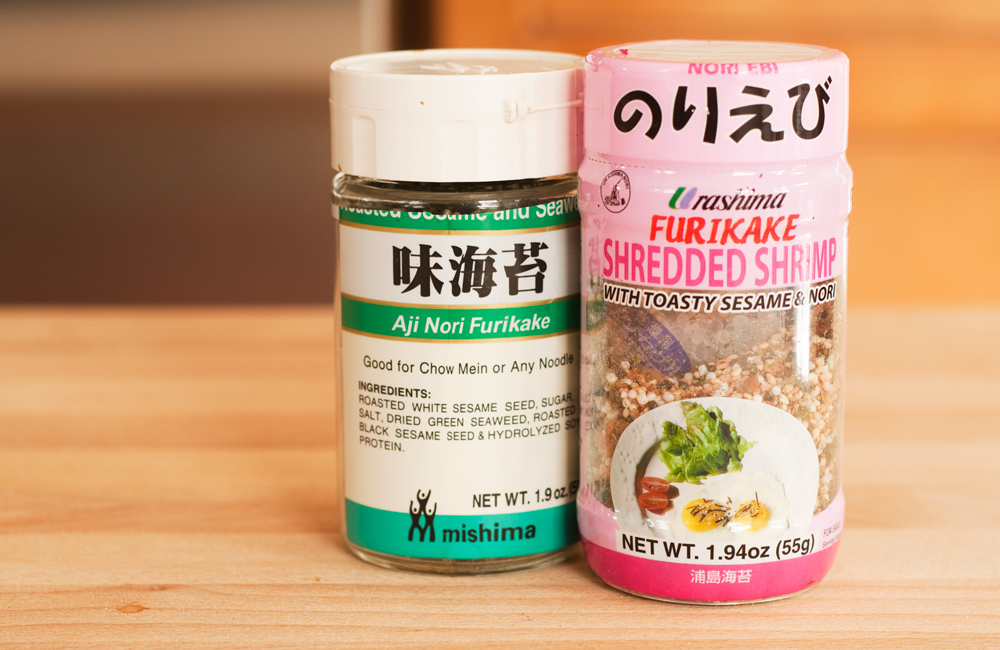
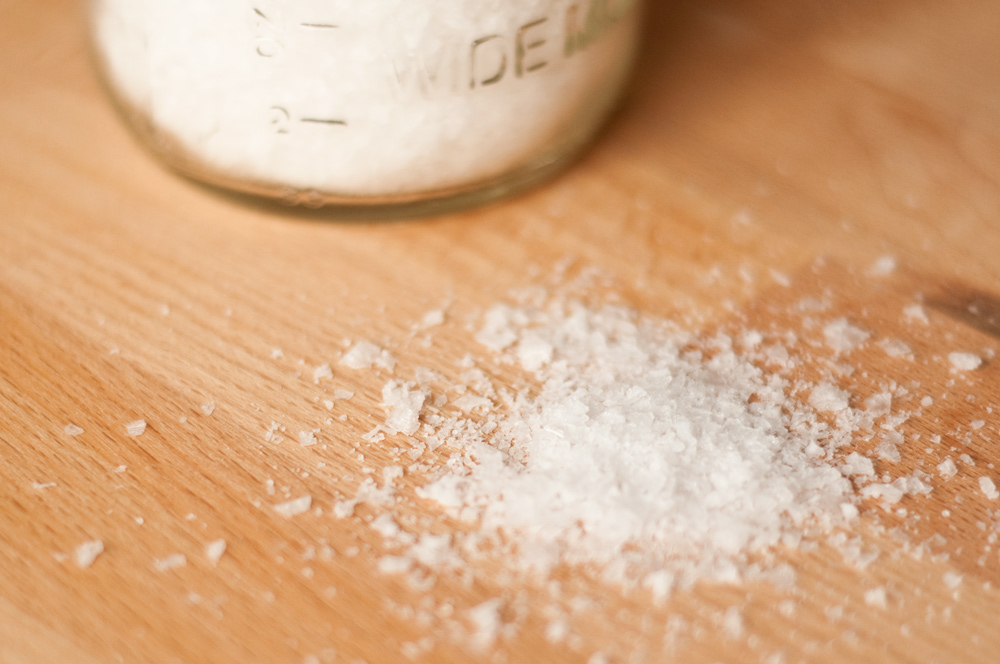

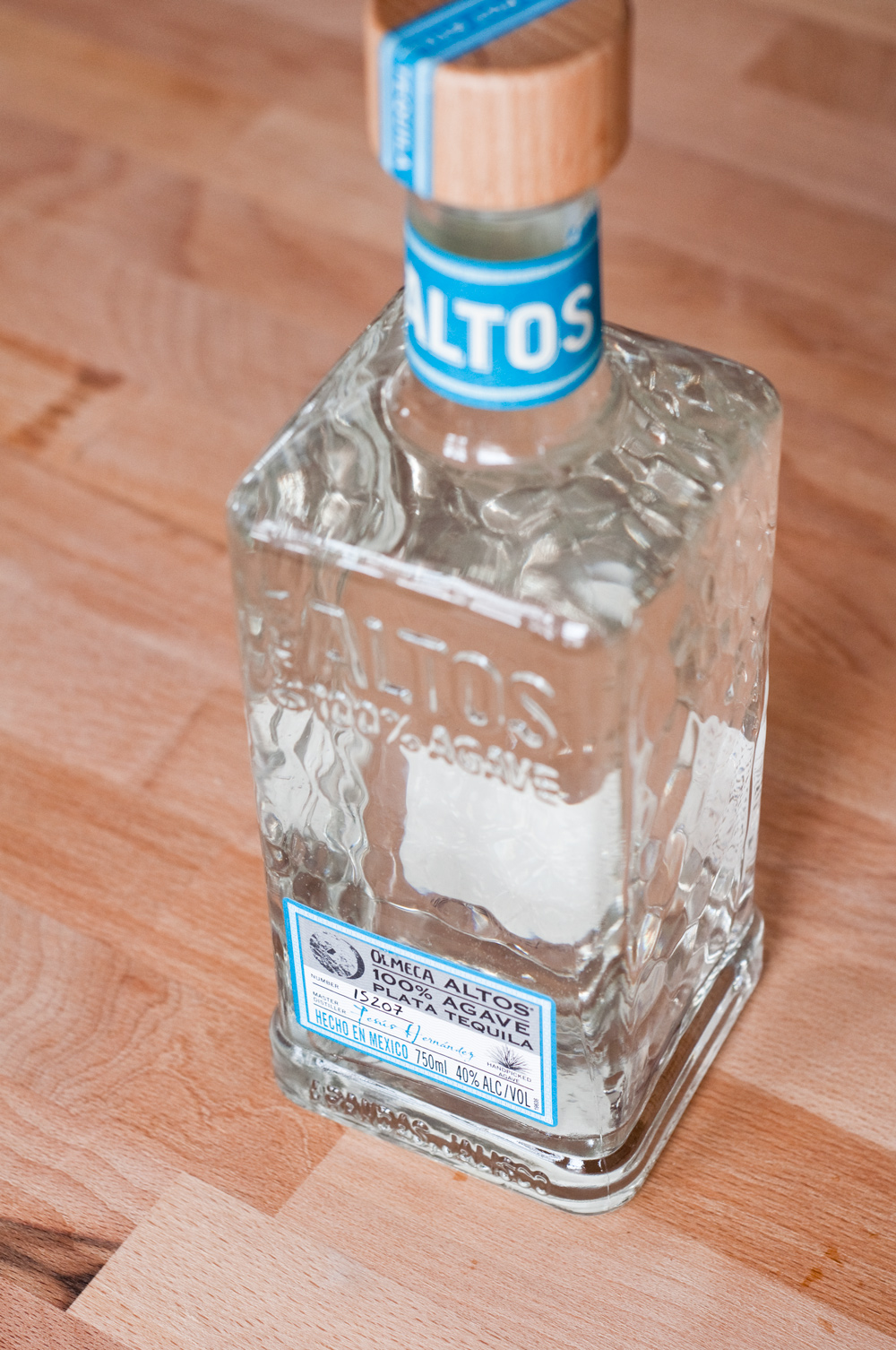
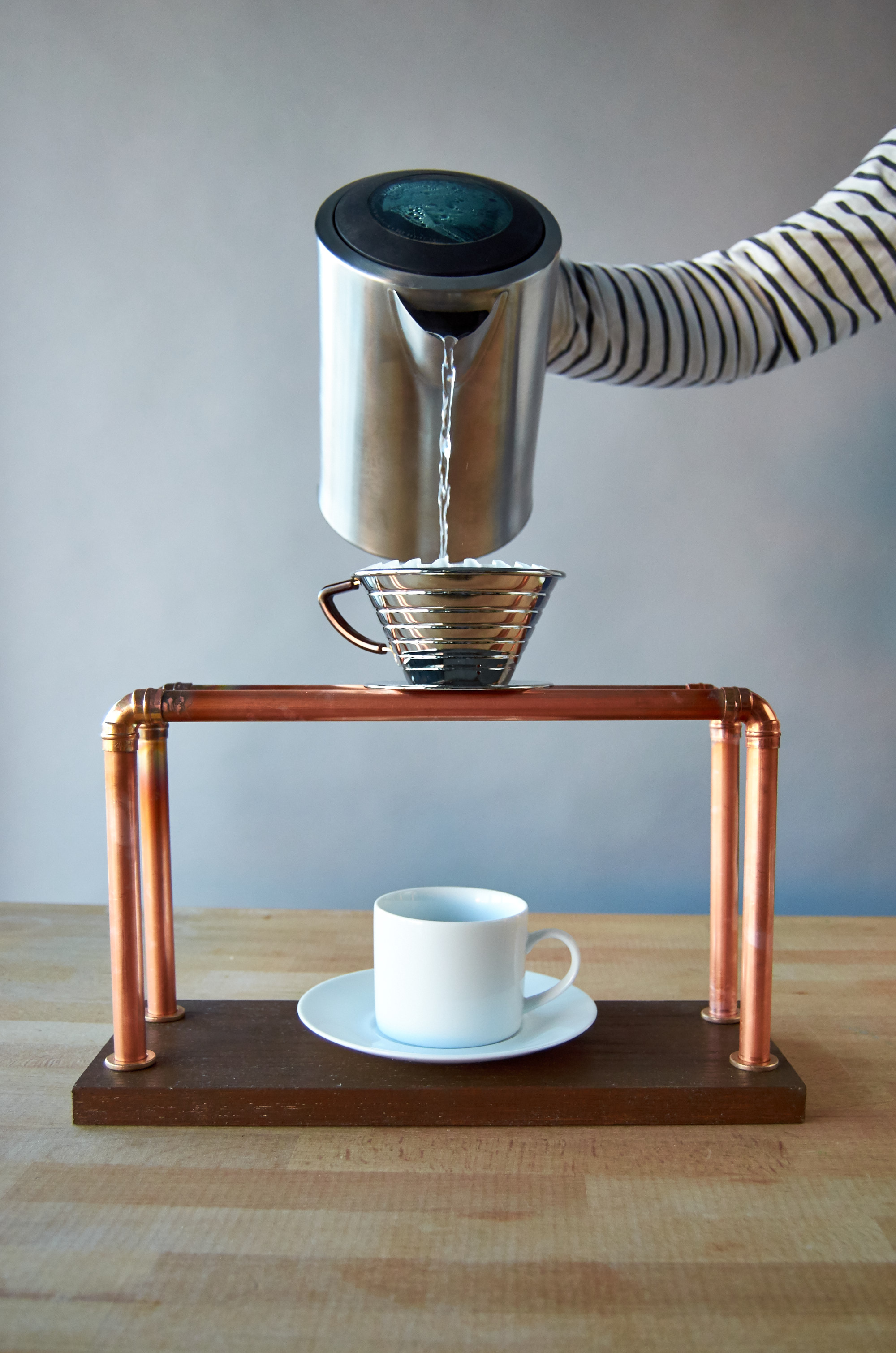
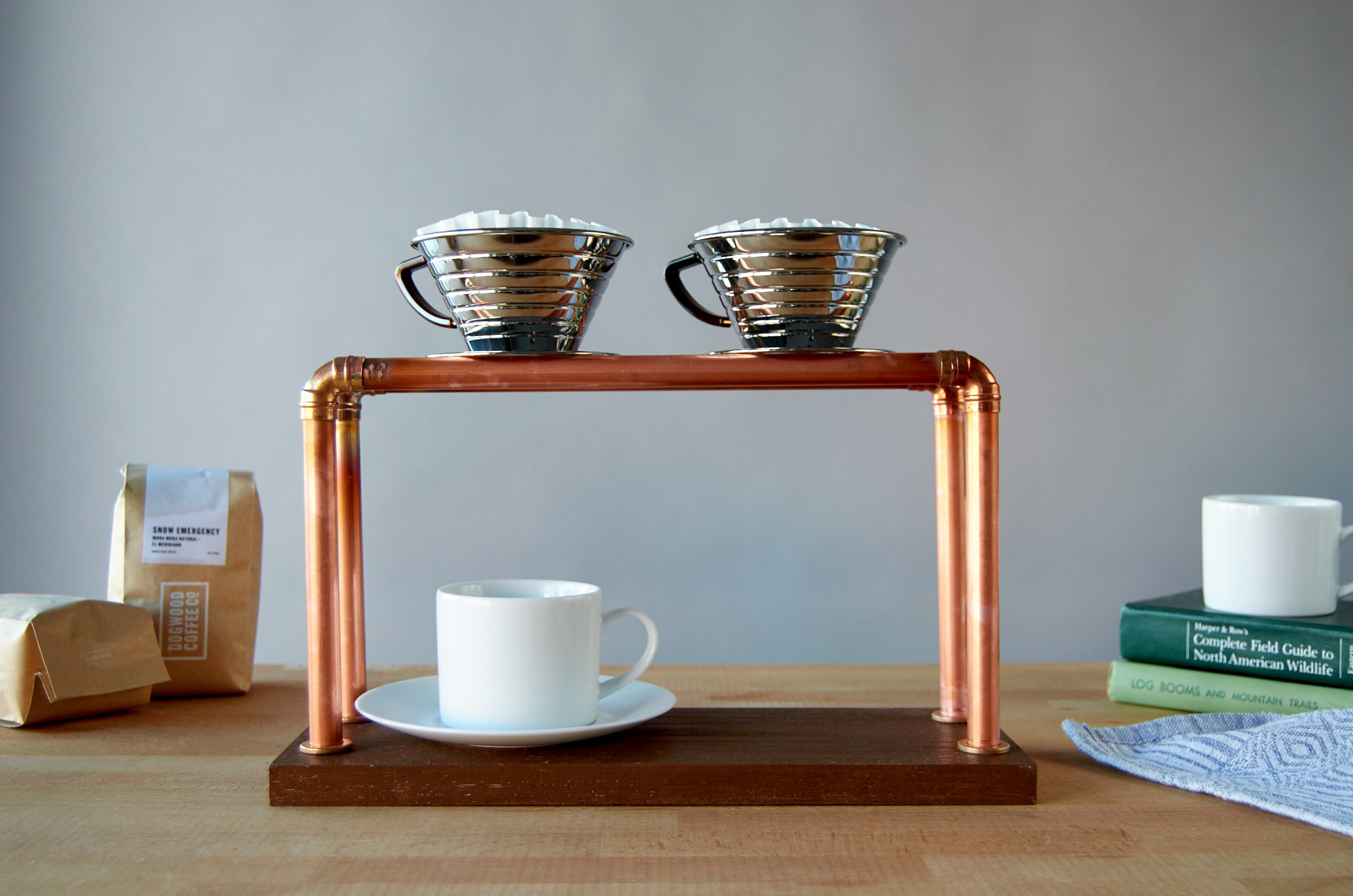
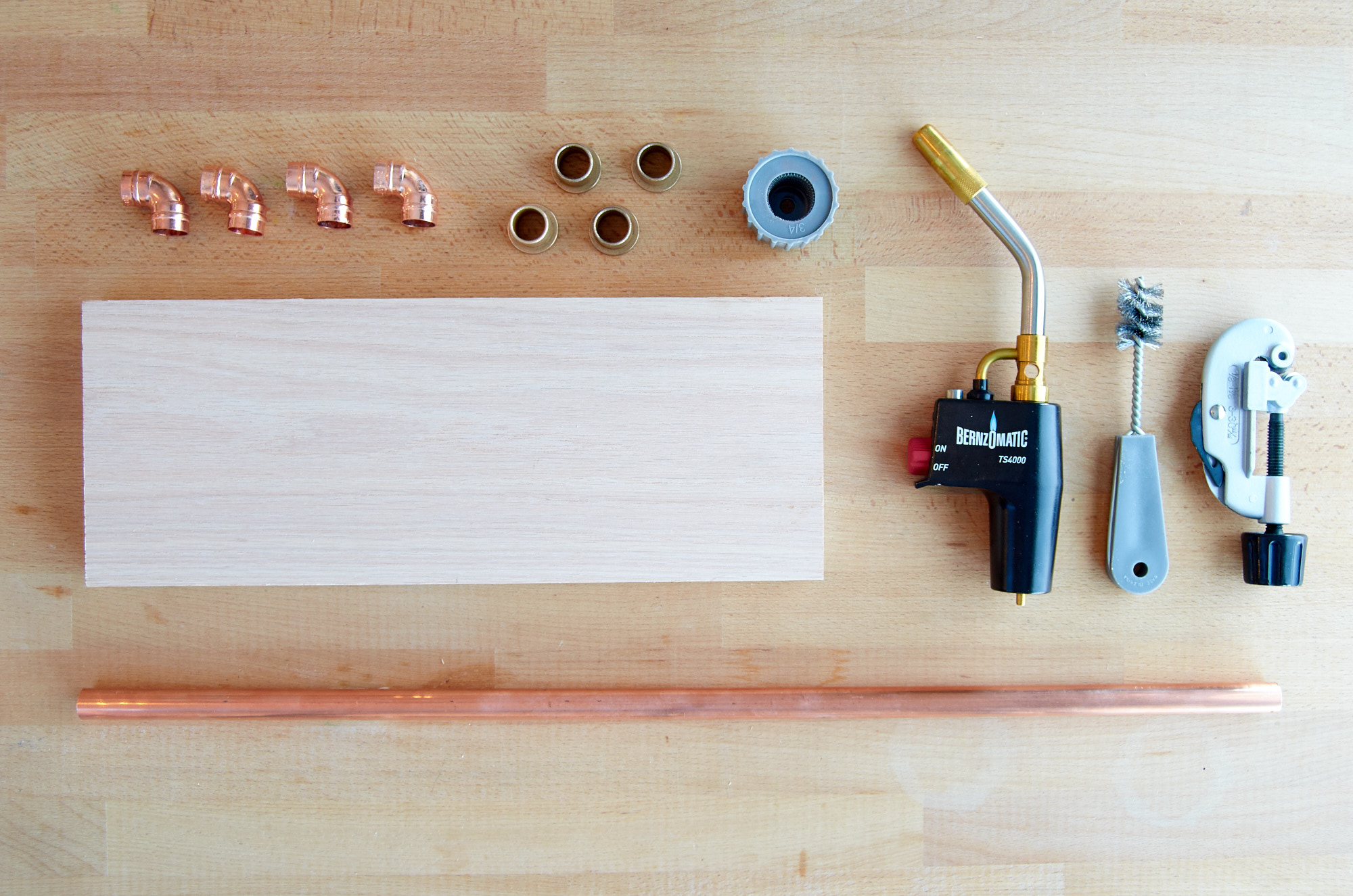 Step
Step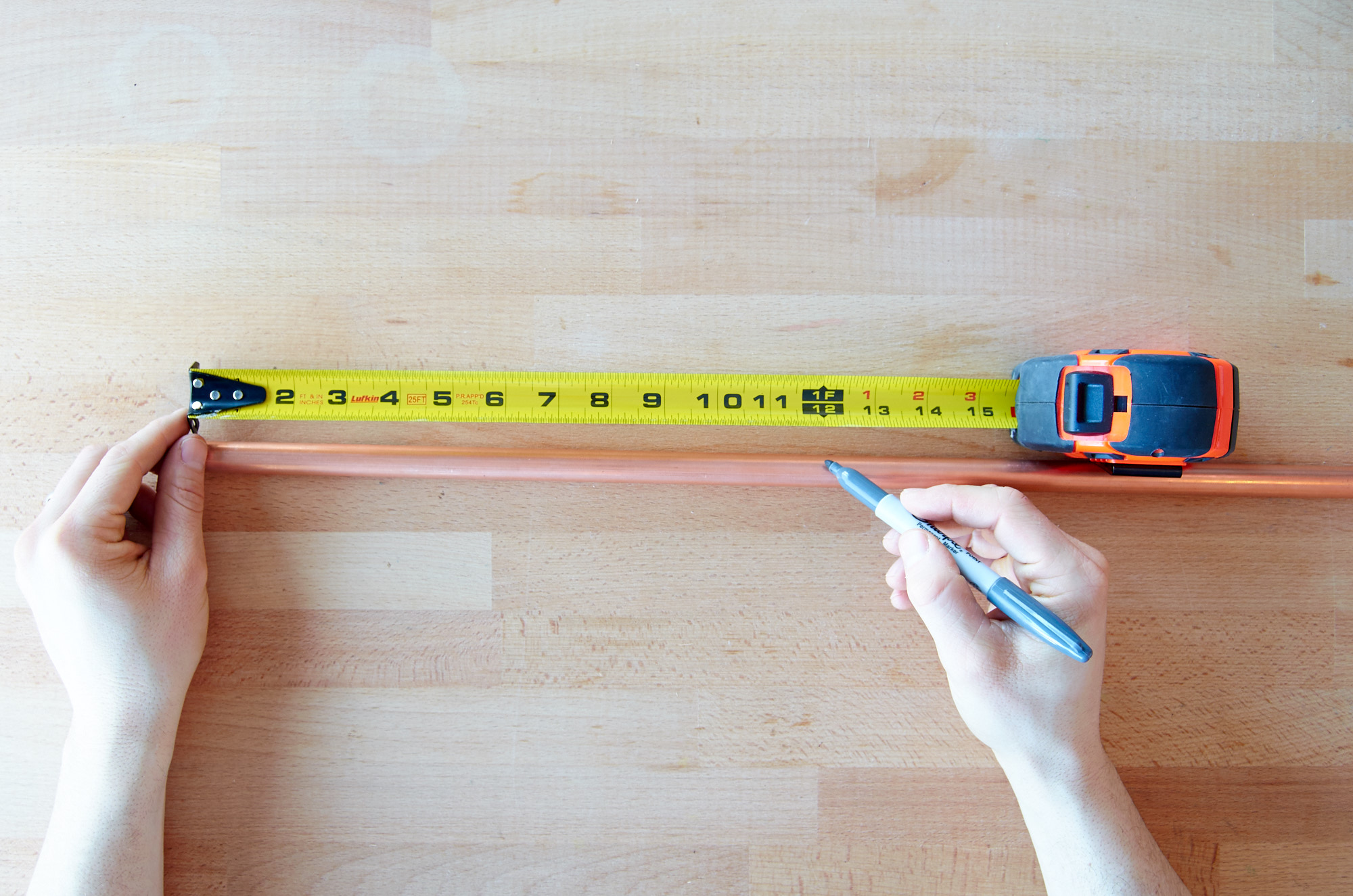
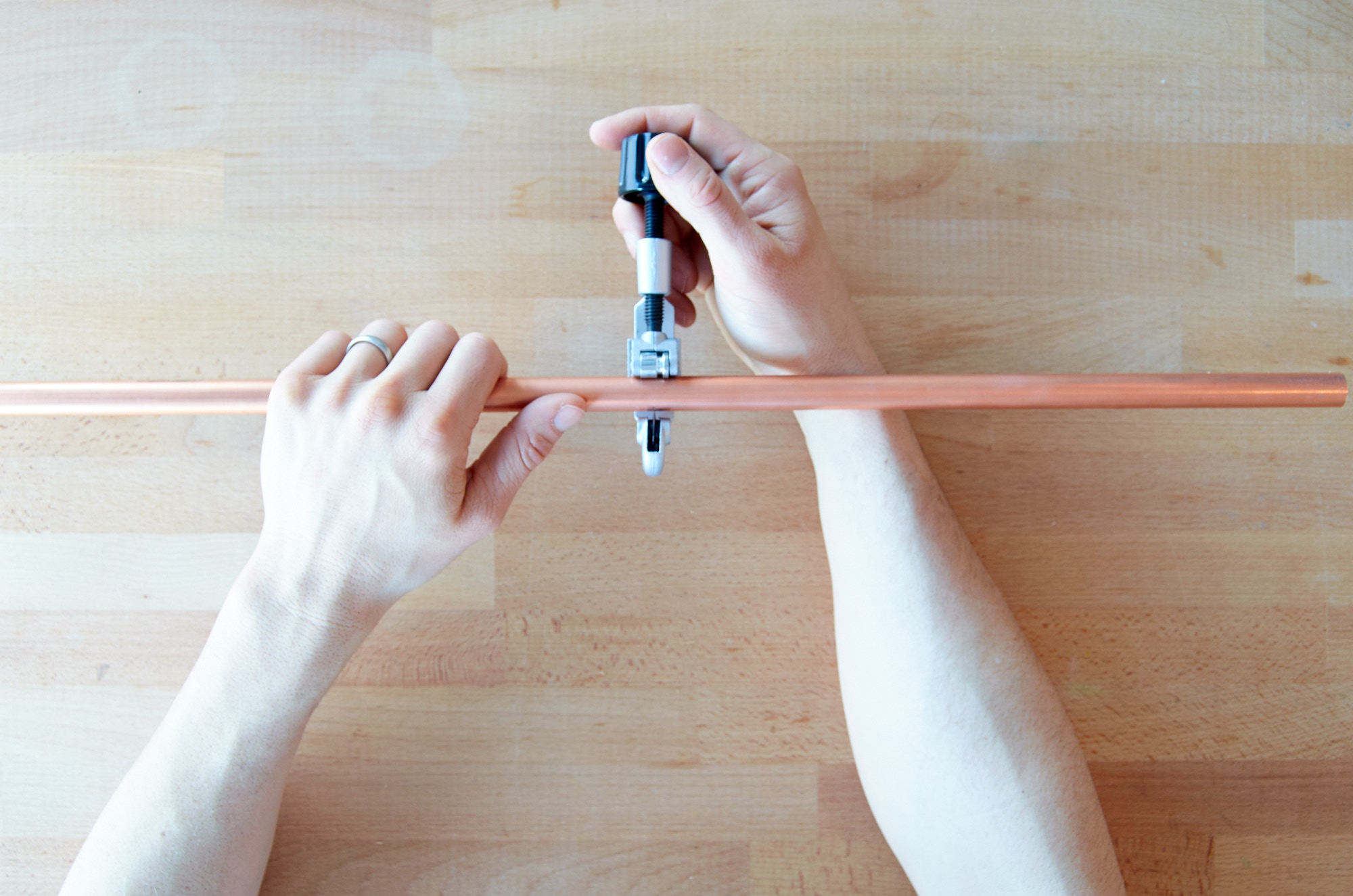
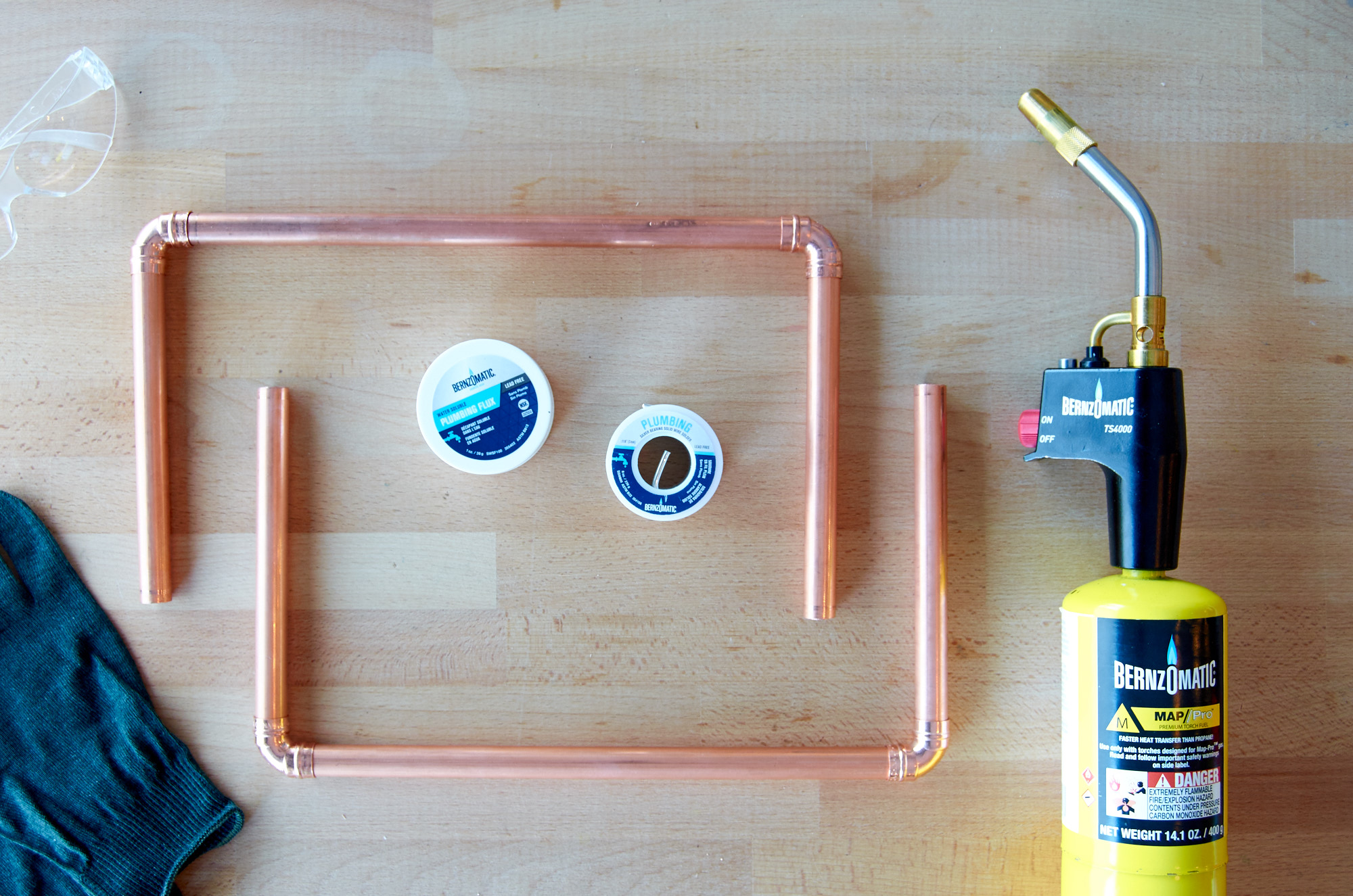
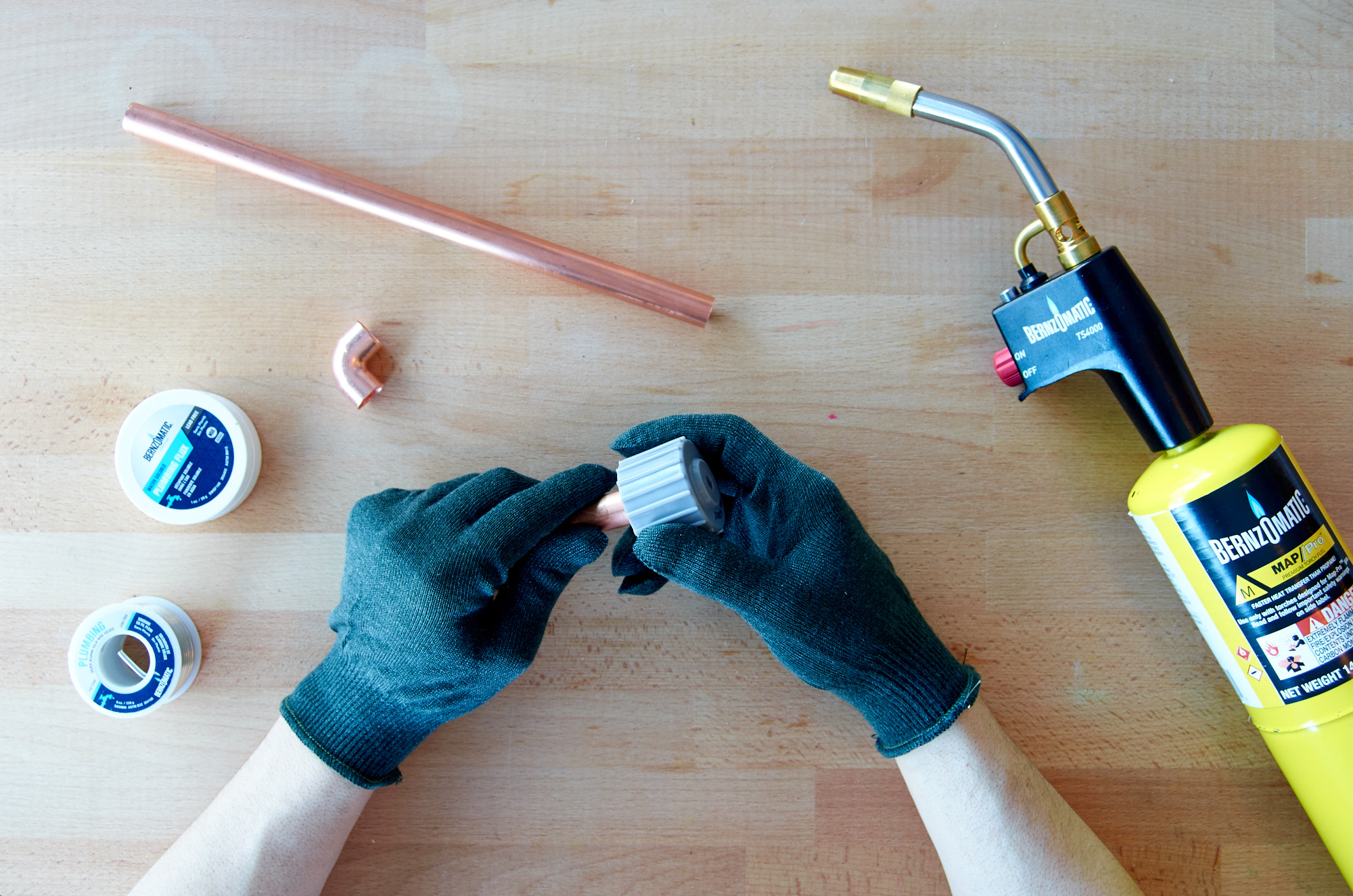

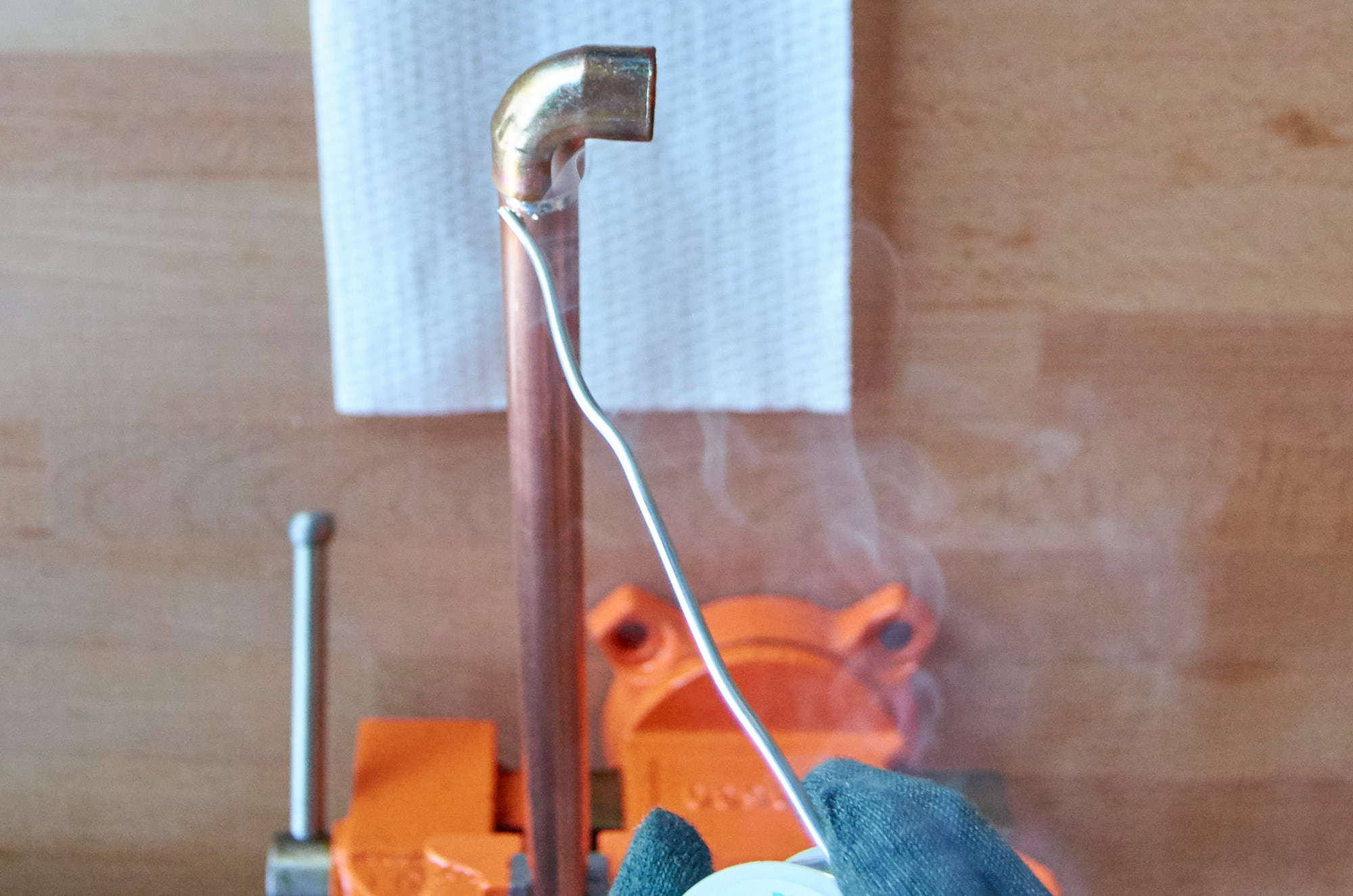




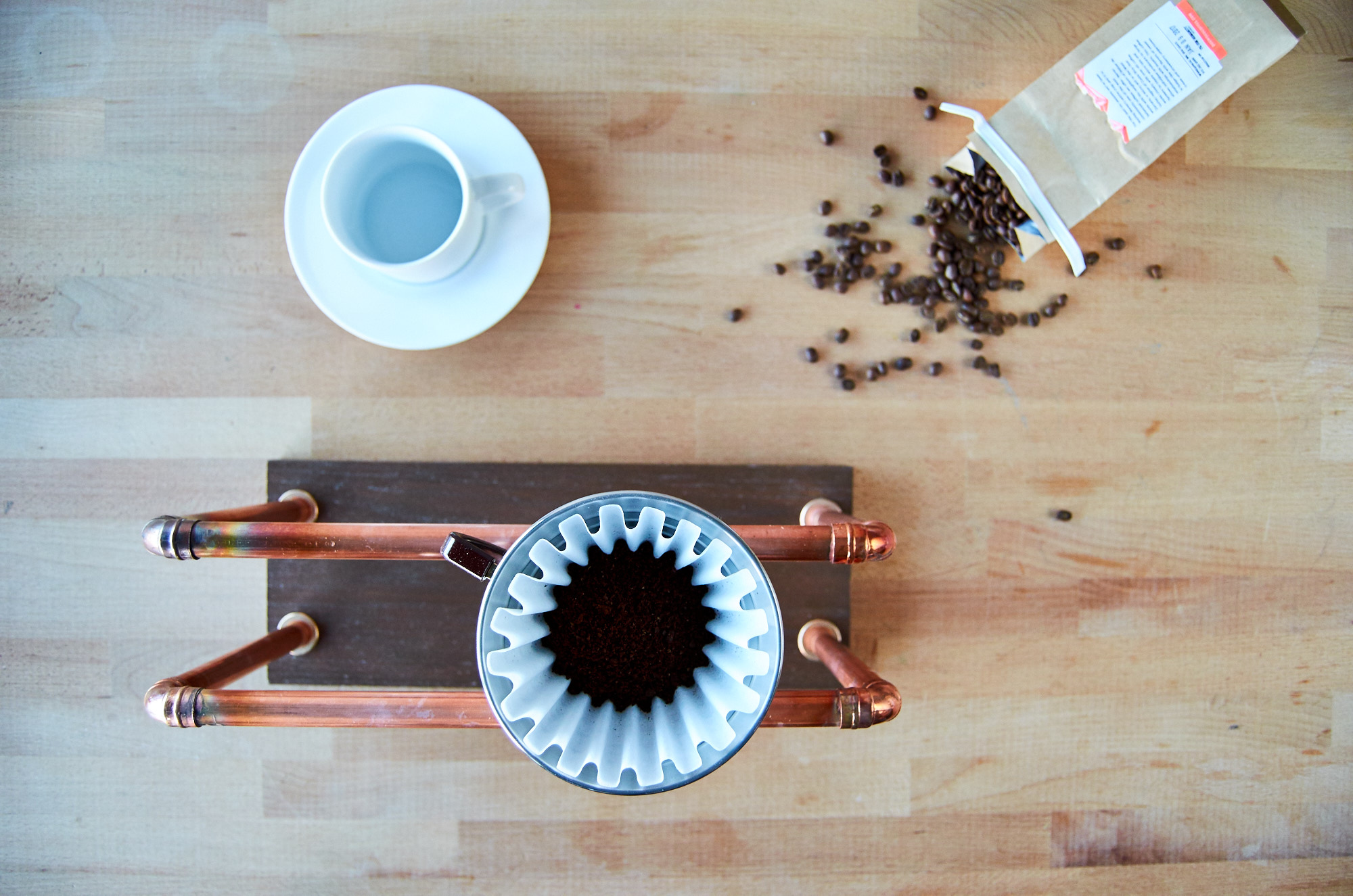
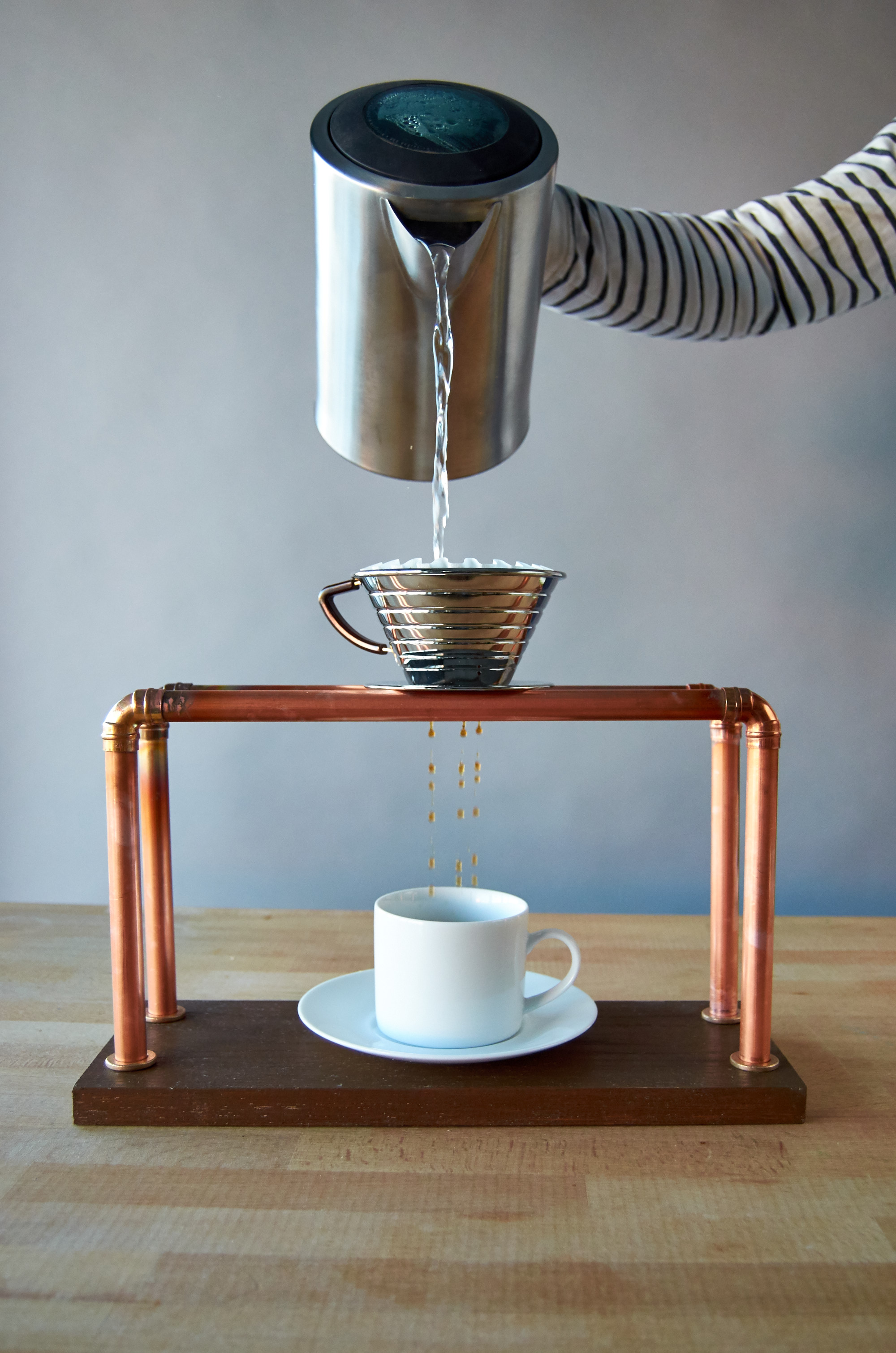




![[Image Credit] Bryson Handmade Olive Wood Necklace for Valentines](http://s3.amazonaws.com/manmadediy-uploads-production/photos/24715/IMG_1251_large.jpg?1423452614)
![[Image Credit] Bryson created at: 02/08/2015](http://s3.amazonaws.com/manmadediy-uploads-production/photos/24704/IMG_1171-2_large.jpg?1423452349)
![[image credit] Bryson Handmade Olive Wood Necklace for Valentines](http://s3.amazonaws.com/manmadediy-uploads-production/photos/24705/IMG_1179-2_large.jpg?1423452358)
![[image credit] Bryson Handmade Olive Wood Necklace for Valentines](http://s3.amazonaws.com/manmadediy-uploads-production/photos/24706/IMG_1183-2_large.jpg?1423452373)
![[image credit] Bryson Handmade Olive Wood Necklace for Valentines](http://s3.amazonaws.com/manmadediy-uploads-production/photos/24707/IMG_1192-2_large.jpg?1423452515)
![[image credit] Bryson Handmade Olive Wood Necklace for Valentines](http://s3.amazonaws.com/manmadediy-uploads-production/photos/24708/IMG_1193-2_large.jpg?1423452534)
![[image credit] Bryson Handmade Olive Wood Necklace for Valentines](http://s3.amazonaws.com/manmadediy-uploads-production/photos/24709/IMG_1197-2_large.jpg?1423452548)
![[image credit] Bryson Handmade Olive Wood Necklace for Valentines](http://s3.amazonaws.com/manmadediy-uploads-production/photos/24710/IMG_1198-2_large.jpg?1423452560)
![[Image Credit] Bryson Handmade Olive Wood Necklace for Valentines](http://s3.amazonaws.com/manmadediy-uploads-production/photos/24712/IMG_1206-2_large.jpg?1423452584)
![[Image credit] Bryson Handmade Olive Wood Necklace for Valentines](http://s3.amazonaws.com/manmadediy-uploads-production/photos/24711/IMG_1211_large.jpg?1423452571)
![[Image Credit] Bryson Handmade Olive Wood Necklace for Valentines](http://s3.amazonaws.com/manmadediy-uploads-production/photos/24714/IMG_1215_large.jpg?1423452606)






 What You Need:
What You Need:













